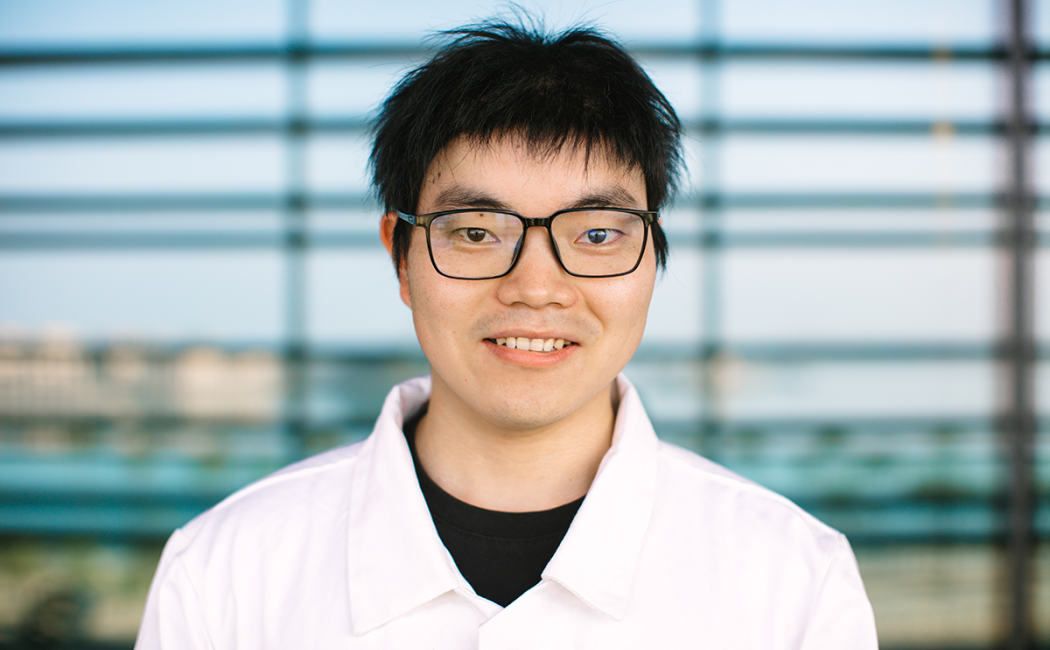


Please support PhD candidate Guanxing Li's final defense supervised by Prof. Yu Han.
Mark Your Calendar:
June 3rd
3:00 pm to 5:00 pm
Building 4, Level 5, Room 5220
Low-Dose 4D-STEM Ptychographic Imaging of Beam-Sensitive Porous Nanocrystals
Abstract:
Zeolites, metal-organic frameworks (MOFs) and covalent organic frameworks (COFs) are porous materials extensively utilized across multiple domains, including gas adsorption and separation, catalysis, sensing, and biomedical applications. The rational design and comprehensive understanding of their properties necessitate detailed structural characterization. High-resolution transmission electron microscopy (TEM) offers crucial insights at atomic level, which is vital for structural analyses. However, the significant sensitivity of these materials to electron beams poses a challenge for conventional TEM imaging techniques, as they often cause structural damage before achieving atomic-resolution images. Although current low-dose TEM methods, such as low-dose HRTEM and iDPC-STEM, have shown promise, they are not without their limitations.
To this end, this thesis explores the capabilities of four-dimensional scanning transmission electron microscopy (4D-STEM) ptychography, specifically under low-dose conditions, for imaging such beam-sensitive porous materials. This PhD defense presentation will introduce 4D-STEM ptychography, including its imaging mechanisms and the advantages it offers over existing low-dose TEM methods. Simulation explorations and successful applications in the study of porous materials will be discussed, with a focus on various zeolite samples and initial results on different MOFs and COFs. Additionally, in algorithmic part, a novel correction method will be introduced, which addresses the algorithmic challenges posed by detector speed limitations, significantly improving reconstruction success rates and image quality. Last, the future directions for enhancing the capabilities of low-dose 4D-STEM ptychography in imaging extremely electron-beam-sensitive materials will be provided, highlighting its potential for broader application and impact in the field.